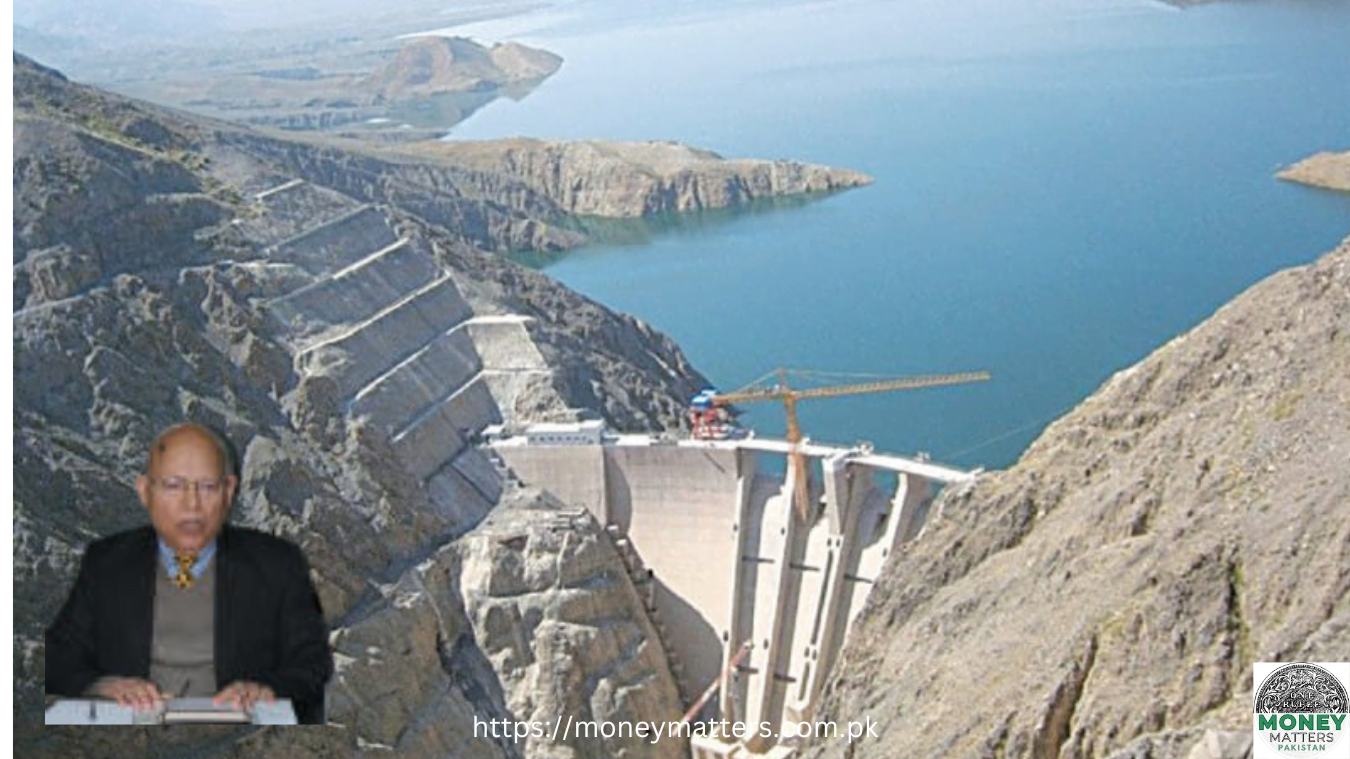Key Points:
- Neelum-Jhelum Hydropower Plant (NJHP) shutdown impacting national grid during peak summer months.
- Significant financial losses and technical setbacks due to tunnel collapse and subsequent repairs.
- Concerns raised over project cost, operational reliability, and Chinese contractor involvement.
Karachi: Engr. Hussain Ahmad Siddiqui, retired chairman of the State Engineering Corporation and former member of the Pakistan Nuclear Regulatory Authority, has provided critical insights into the operational challenges faced by the Neelum-Jhelum Hydropower Plant (NJHP) in a recent analysis. Siddiqui highlighted the severe implications of NJHP’s shutdown on Pakistan’s energy landscape and economy.
Impact of NJHP Shutdown
The complete shutdown of NJHP since May 1, 2024, due to the collapse of its headrace tunnel has resulted in a significant shortfall of electricity in the national grid during peak summer demand. Siddiqui pointed out that the plant’s closure has led to the loss of approximately 5.15 billion units of energy annually, amounting to direct financial losses of Rs55 billion per annum.
Technical and Financial Setbacks
Siddiqui emphasized the extensive repairs undertaken after the tunnel collapse in July 2022, which lasted nearly twenty months and cost Rs6 billion. Although partial operations resumed in August 2023, with power generation limited to 530MW, the discovery of major cracks in April 2024 forced a complete suspension of operations once again. He underscored the urgent need for international consultants to investigate the technical issues plaguing the plant, including the recurring tunnel failures.
Project History and Challenges
The NJHP project, conceptualized decades ago, aimed to harness the hydropower potential of the Neelum River. Despite groundbreaking in 2008 and operational commencement in 2018, the project encountered numerous delays and cost escalations totaling Rs500 billion. Siddiqui attributed these challenges to financial constraints, legal hurdles, and the complex terrain of the region.
Operational Issues and Chinese Contractor Involvement
The NJHP’s operational history has been marked by frequent technical malfunctions, including turbine issues and tunnel collapses, attributed partly to the challenging geological conditions. Chinese contractors, primarily China Gezhouba Group Corporation (CGGC), played a pivotal role in construction, bringing specialized expertise but also facing criticism for cost overruns and quality concerns.
Lessons from International Comparisons
Drawing parallels with the Gilgel Gibe-II hydropower plant in Ethiopia, Siddiqui highlighted valuable lessons on tunnel stability and operational management. He stressed the importance of thorough technical evaluations and proactive maintenance strategies to mitigate risks and ensure sustainable operations.
Future Prospects and Recommendations
Looking ahead, Siddiqui proposed enhanced maintenance protocols, rigorous third-party validation, and capacity building in operational management to safeguard NJHP’s long-term viability. He advocated for leveraging renewable energy sources like solar and wind, alongside continued reliance on hydropower, to diversify Pakistan’s energy mix and enhance energy security.
Conclusion
In conclusion, Siddiqui’s analysis underscores the significance of addressing NJHP’s operational challenges promptly and comprehensively. He emphasized the need for transparent investigations into project shortcomings and strategic reforms to strengthen Pakistan’s hydropower infrastructure amidst evolving energy demands.




